The allure of Barbuda was calling. The guidebook says it’s the perfect destination for the into-the-heart-of-nature diehard. Perfect, my kind of place. Of course, the guidebook was written before Category 5 Hurricane Irma struck last September and devastated this little island of 68 acres.
Little information was available on the current state of Barbuda. Even if you were well-provisioned to be self-sustainable on an island with no resources, it was questionable how much the navigation around Barbuda had changed. Many speculated so much sand had shifted in the storm that navigation could vary greatly from current charts and might indeed land you aground. The local sailing community was anxious to learn more about the state of international aid and perhaps provide assistance ourselves, either labor or supplies. We even had the chance to visit with Antigua’s Minister of Tourism at a sailing reception who was reported to know the state of affairs in Barbuda. Sadly, nobody had any information. We decided to investigate for ourselves.
 In 1988, lightening struck a tree in Yellowstone National Park, igniting a series of fires that torched over a million acres. The park’s sacred log pole pine forests were destroyed, leaving behind a charred, black desert of tree carcasses. Visitors were saddened at the devastation of their national park and outraged at the fire policy of the National Park Service to allow a natural fire to burn. Less than five years later, however, black turned to green and seedlings took root. The highly-adaptable lodge pole pine forests began to regenerate. Not only did they begin to grow again, the seedling density was eight times as large as the original forests. Turns out the only way the cones from lodge pole pines can release their seeds is through exposure to high heat, i.e., fire. The irony of Mother Nature.
In 1988, lightening struck a tree in Yellowstone National Park, igniting a series of fires that torched over a million acres. The park’s sacred log pole pine forests were destroyed, leaving behind a charred, black desert of tree carcasses. Visitors were saddened at the devastation of their national park and outraged at the fire policy of the National Park Service to allow a natural fire to burn. Less than five years later, however, black turned to green and seedlings took root. The highly-adaptable lodge pole pine forests began to regenerate. Not only did they begin to grow again, the seedling density was eight times as large as the original forests. Turns out the only way the cones from lodge pole pines can release their seeds is through exposure to high heat, i.e., fire. The irony of Mother Nature.
I though of that irony as I sat quietly perched at the front of the boat as a spotter for any new reefs or rocks not marked on our charts. In the distance, I could see the island littered with broken concrete, homes without roofs, and twisted palm trees. A devastation like the island had just been bombed. Yet, the beaches were pristine and perfect—just as the guidebook promised. Gentle waves broke softly on the shoreline, bright white with freshly-carved crystals of sand. No driftwood, trash, or ugly remnants of civilization, as though the beach was made just yesterday and had yet to be discovered. The water around us was incredibly clear, a vibrant turquoise that allowed you to see through to the bottom. Turtles popped their heads on the surface. Even with all the devastation ashore, the sea was healthy and in some cases, fresh with new life. The 200+ winds of Hurricane Irma wiped the tiny island of Barbuda off the map. Houses were flattened, palm trees were uprooted and naked without their fronds. Once a popular resort, Coco Point on the southwest side of the island lay in a rubble of concrete. Full industrial-sized jars of olives and stacks of dinner plates still in tact lay in the sand—remnants of what was once a busy kitchen. Individual bottles of mustard and catsup still clung together as pairs, marking where each dinner table once stood. And then, as if Mother Nature plays favorites, a patio table with a potted plant and coffee cup remained unscathed.
The 200+ winds of Hurricane Irma wiped the tiny island of Barbuda off the map. Houses were flattened, palm trees were uprooted and naked without their fronds. Once a popular resort, Coco Point on the southwest side of the island lay in a rubble of concrete. Full industrial-sized jars of olives and stacks of dinner plates still in tact lay in the sand—remnants of what was once a busy kitchen. Individual bottles of mustard and catsup still clung together as pairs, marking where each dinner table once stood. And then, as if Mother Nature plays favorites, a patio table with a potted plant and coffee cup remained unscathed.
We spot feral donkeys, once an integral part of the island’s sugar industry, grazing in scattered patches of green, seemingly oblivious to the destruction around them. A hog meanders between piles of scrap, lucky to have escaped both a hurricane and the butcher.
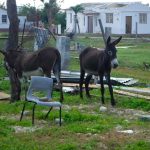 In the main town of Codrington, there are two relief organizations offering aid, but no apparent triage for individual volunteer efforts. We notice signs of residents trying to get back on their feet—repairing roofs, one power line up, and cell service. I was touched by one home whose roof was in disrepair, yet the landscaping in the front yard proudly presented a fresh tidy look.
In the main town of Codrington, there are two relief organizations offering aid, but no apparent triage for individual volunteer efforts. We notice signs of residents trying to get back on their feet—repairing roofs, one power line up, and cell service. I was touched by one home whose roof was in disrepair, yet the landscaping in the front yard proudly presented a fresh tidy look.
 We met a young man making his way through town on his bike, delivering freshly-desalinated water to his neighbor. “I’m a taxi driver,” he told us. “Just waiting to have my car repaired in Antigua and then I’ll be back in business.” This level of optimism makes me smile and confident that the fortitude of the Barbuda people is what will rebuild the island.
We met a young man making his way through town on his bike, delivering freshly-desalinated water to his neighbor. “I’m a taxi driver,” he told us. “Just waiting to have my car repaired in Antigua and then I’ll be back in business.” This level of optimism makes me smile and confident that the fortitude of the Barbuda people is what will rebuild the island.
Enjoyed this post?
Sign up to receive email notifications of future posts!

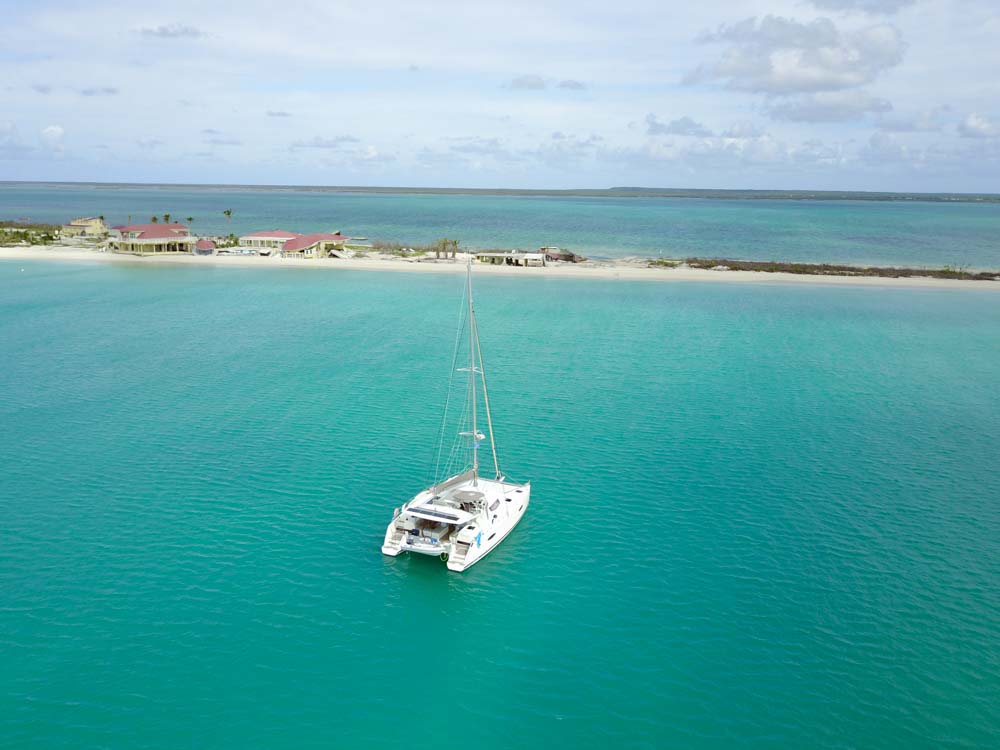

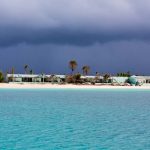



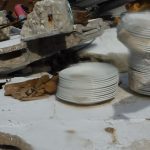

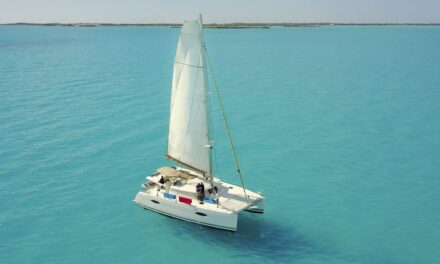
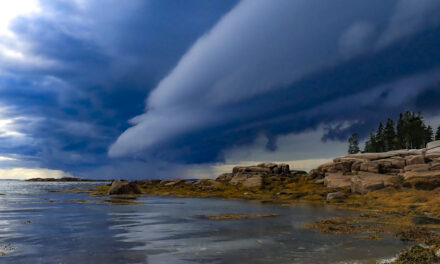
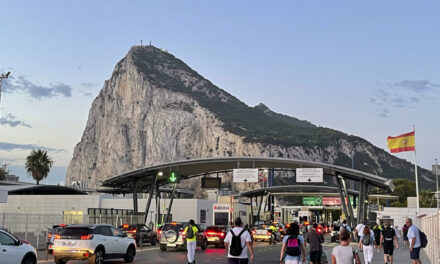
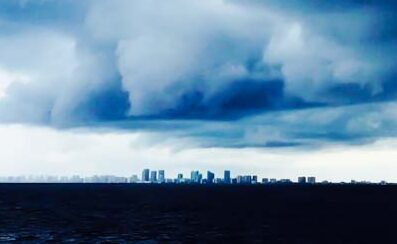

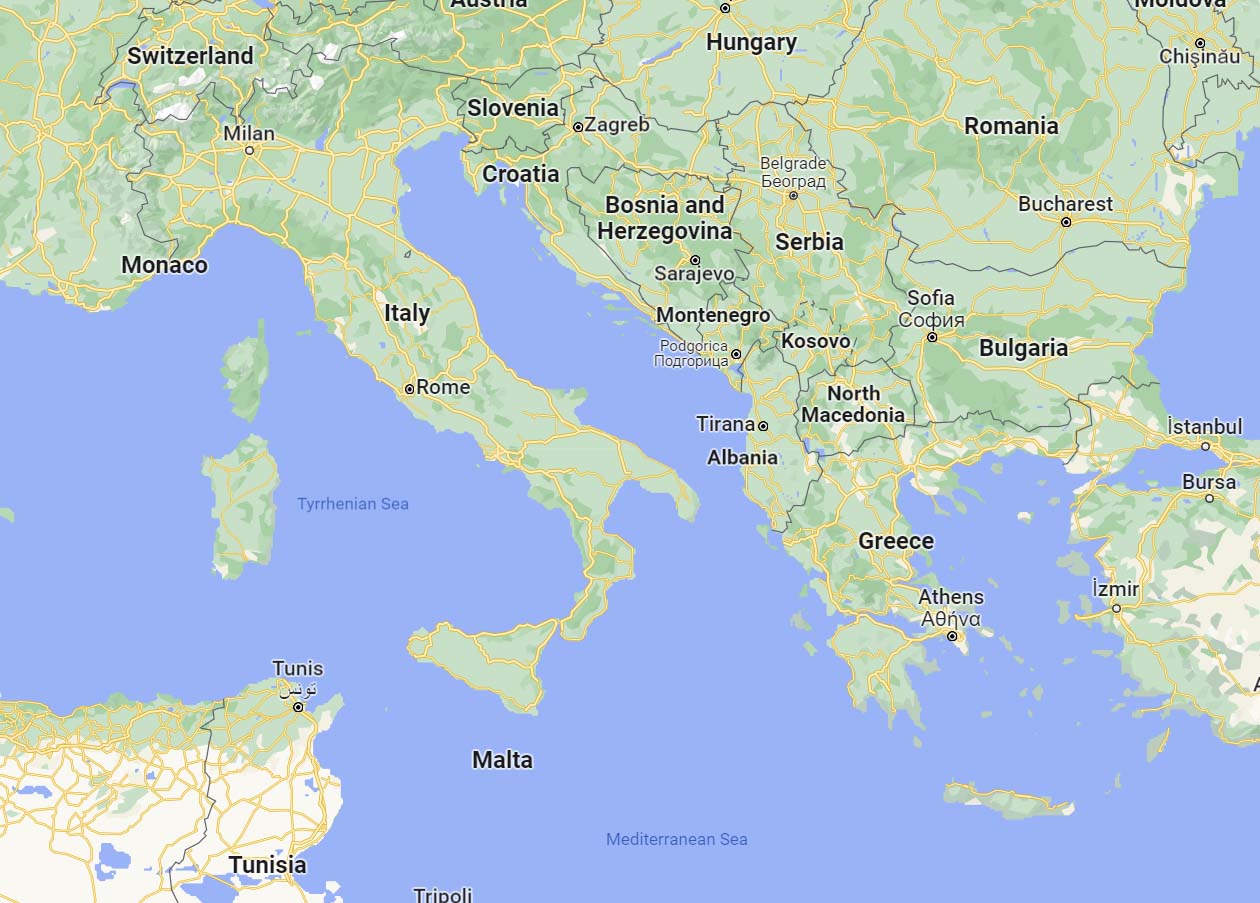
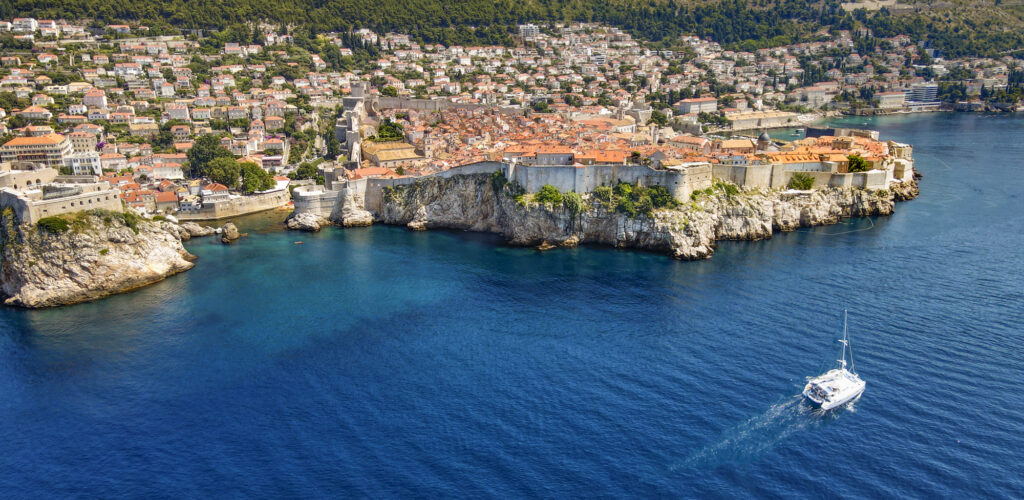
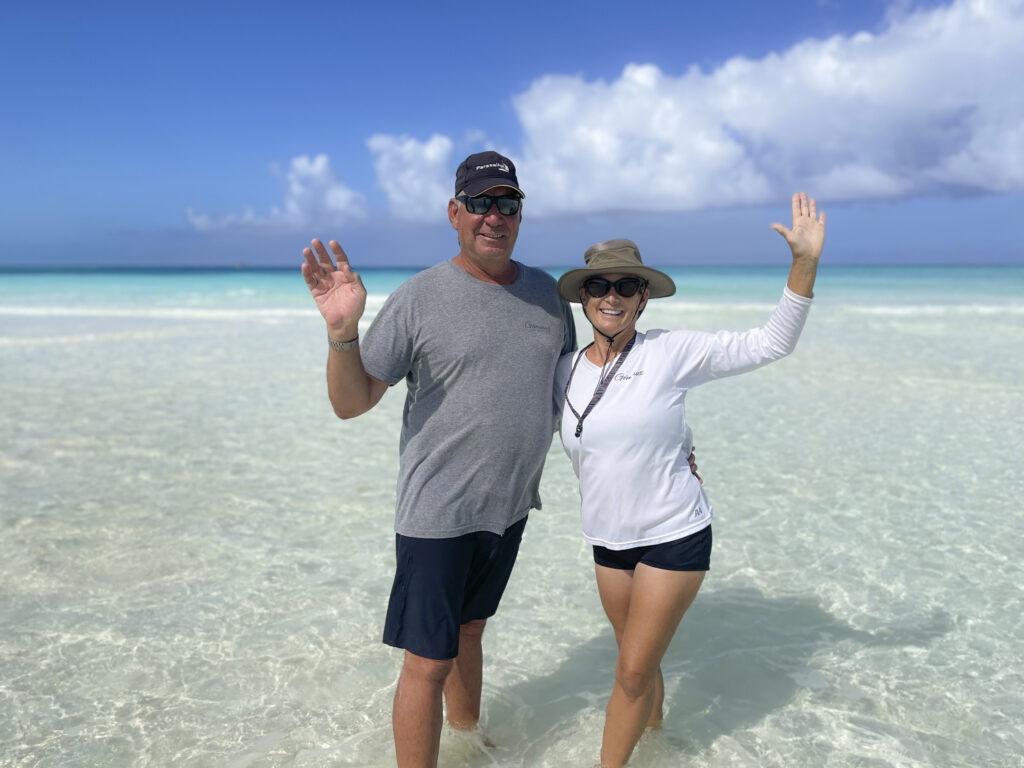
Helloooo! Finally have an accurate connection to your whereabouts. Had a map from sometime last year that wasn’t this Gemeaux one – was just a map of where you had been or were going…couldn’t quite tell! So Kathryn just answered an email this morning and asked if I had been following you on Gemeaux.us …so I am finally able to see your world. Roz will love the word…anything ending in eaux is her bailiwick and she is always changing words that sound like ‘o’ into eaux!! So I have read the beginning entry of this blog and the last entry…will have something fun to read in my down time. Love that you are traveling with Dot…can’t imagine. Say hello to Allen – think its been many years since we met! Sad to ever have to say ‘many years’ in seeing people. Seems to happen a lot to me as I get older and older. Loved your Christmas card! And love the blog 🙂 Love , Pam
I’m so glad to have found your blog, Shiera. You are always an inspiration. What an eventful and thoughtful life you are living.